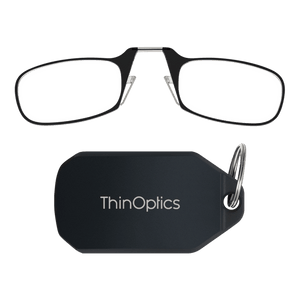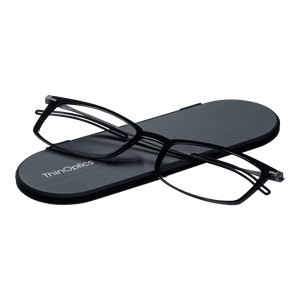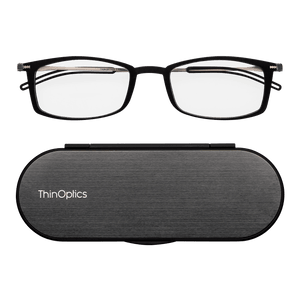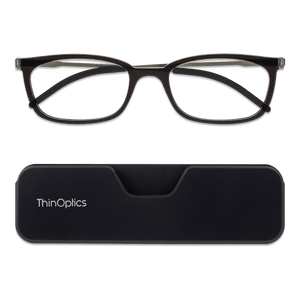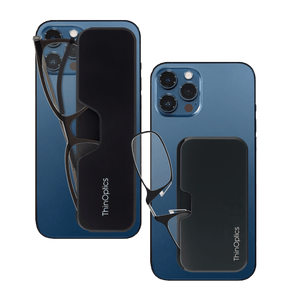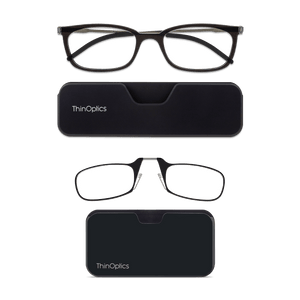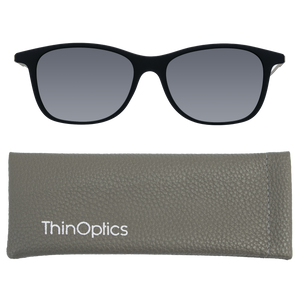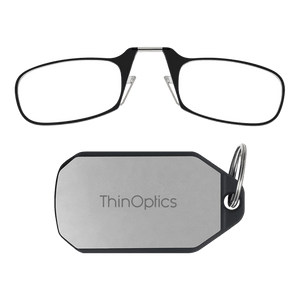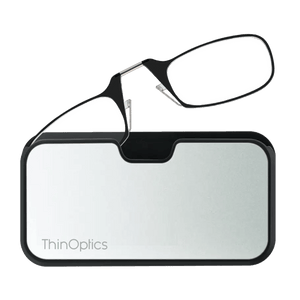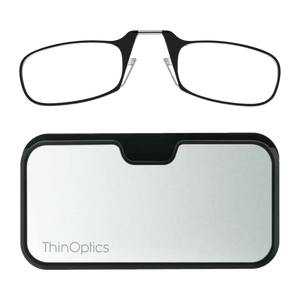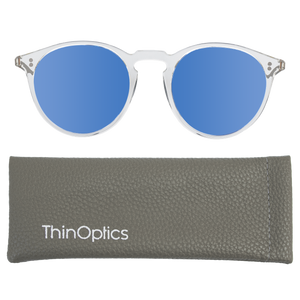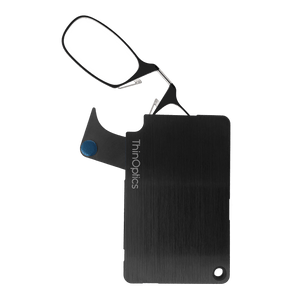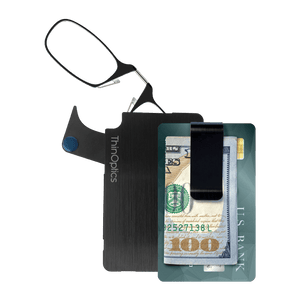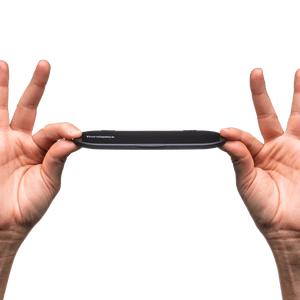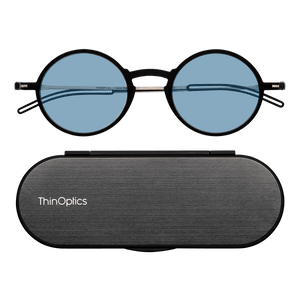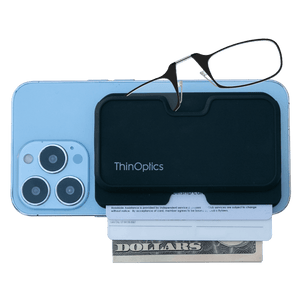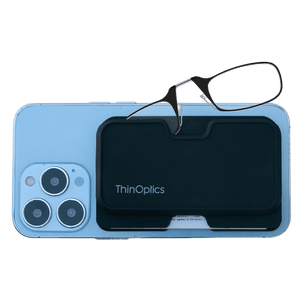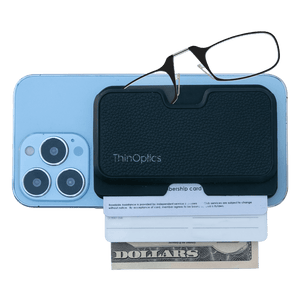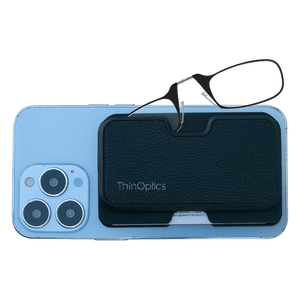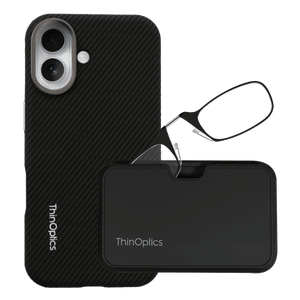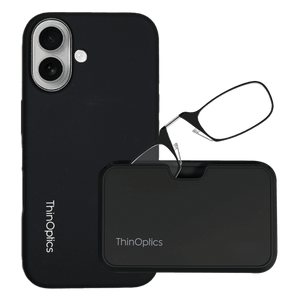What Is Pupillary Distance (PD) and How Do You Measure It?

If you've ever ordered prescription glasses online or picked out new frames in-store, you've likely come across a term that sounds highly technical: pupillary distance, or PD. But don't worry—understanding and measuring your PD is easier than you might think. In fact, it's a small detail that makes a huge difference in your visual clarity and comfort.
So let’s break it down.
What Is Pupillary Distance (PD)?
Pupillary distance is the measurement, in millimeters, between the centers of your pupils. This number helps position the optical center of each lens directly in front of your pupils, ensuring proper lens alignment. When PD is incorrect, even the highest-quality lenses can feel “off”—leading to eye strain, headaches, or blurred vision.
PD is essential for all prescription glasses. That’s because correct alignment ensures you're looking through the part of the lens designed for optimal vision correction.
Why PD Matters for Prescription Glasses

Think of PD as the GPS coordinate for your lenses. It tells the lab exactly where to center the prescription in your glasses. A mismatch—even by a few millimeters—can throw your vision off balance.
When you shop for glasses online, especially custom or prescription glasses, you'll be prompted to enter your PD. Now that we offer prescription lenses in addition to our ultra-portable reading glasses, getting your PD right is key to a seamless visual experience.
While you can always check your PD online at home using our free PD tool, or measure your PD when filling out your prescription information by clicking "Find My PD," there are ways to measure PD manually at home, if your want a little more accuracy or if you want to double check.
How to Measure Your PD at Home

Don't have your PD on hand? No worries. You can measure it yourself at home with just a few simple tools:
What You’ll Need:
-
A millimeter ruler
-
A mirror
-
Good lighting
-
A steady hand (or a helpful friend!)
Step-by-Step Guide:
Method 1: Mirror Technique
-
Stand 8 inches away from a mirror.
-
Hold the ruler just above your eyes, making sure it's level.
-
Close your right eye and align the ruler’s zero to the center of your left pupil.
-
Now close your left eye and open your right. The number aligned with the center of your right pupil is your PD.
-
Repeat for accuracy. Most adults have a PD between 54–74 mm.
Method 2: With a Friend
-
Sit across from your helper in a well-lit room.
-
Look straight ahead while they hold the ruler across your brow.
-
They’ll measure from the center of one pupil to the center of the other.
-
Double-check the result for consistency.
Single vs. Dual PD: What’s the Difference?

-
Single PD is one number, typically used for single-vision lenses like most reading eye glasses.
-
Dual PD splits the distance for each eye (e.g., 31 mm for the left, 33 mm for the right). This is often used for progressive or bifocal lenses.
If you're unsure, your eye care provider can provide these numbers—or you can use one of many online PD measuring tools.
When you shop for ThinOptics prescription glasses, we guide you through every step. Our sleek, lightweight frames and ultra-durable lenses are already trusted by millions for their portability and comfort. Now, with the ability to add your prescription—including the perfect PD—you're just clicks away from custom prescription glasses designed to fit your lifestyle and your eyes.

PD might be just a number, but it's a number that matters. Whether you’re looking to buy high quality reading glasses online or transition into prescription lenses, understanding your pupillary distance helps ensure that what you see is as clear and comfortable as possible.
With ThinOptics, you never have to compromise on clear vision or convenience—no matter where life takes you.




